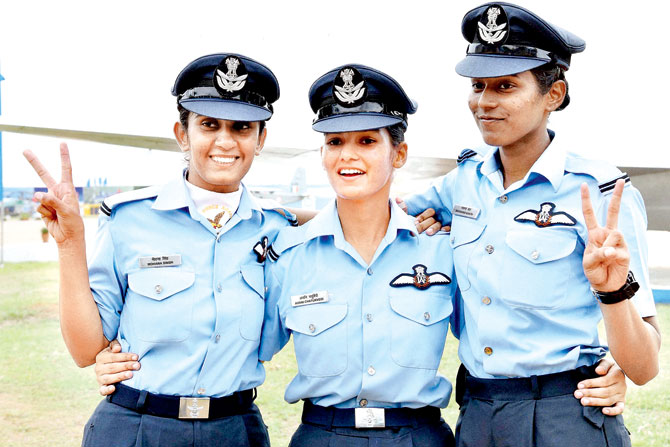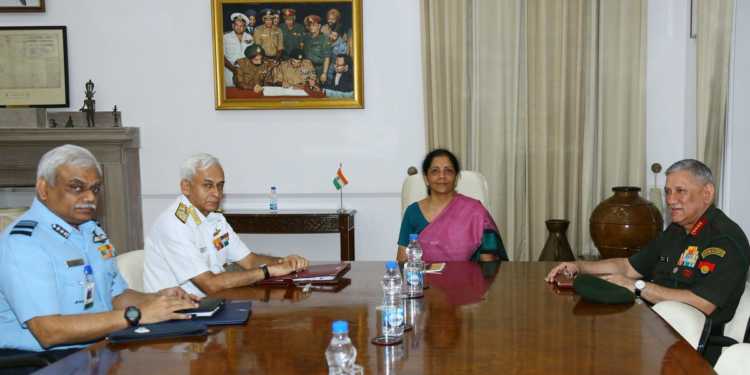Friday 8th September, Indian army announced that “It has finalised its long-pending proposal to induct women as soldiers or jawans and 800 of them will be recruited for the Corps of military police.”
The move is being viewed as a major step forward in bringing down gender barriers within the armed forces, as currently, women are only allowed in select areas of the army including: medical, legal, educational, signals and engineering wings of the Army.
As per the new plan, the army will induct approximately 800 women in military police with an intake of 52 personnel per year with a yearly intake of 52, Adjutant General of the Army Lieutenant General Ashwani Kumar told reporters.
The decision came a day after Nirmala Sitharaman took charge of the defence ministry. She is the first women to be the full time “Defence Minister”. Indira Gandhi was the only other woman to hold the charge of the ministry, when she was the prime minister.
Incidentally, army chief General Bipin Rawat had some months back said the force will shortly open its doors at the jawan or soldier level for women to have a broader base for recruitment. However, he was reluctant about inducting women in combat roles and cited various reasons like tough working conditions in remote areas among others. Moreover, societal norms also make it difficult for the forces to induct women in combat roles, sources said. Even in the Army Chiefs’ Conclave where the decision was announced Brigadier S.K. Chatterji (retired) pointed that the Corps of Military Police was different from combat.
He however said that the move shows increasing acceptability for women in the force. “Military police is a service. I do not see this affecting directly women getting in combat, specifically where they have not been given entry. But it is an indicator they are now being accepted more widely in the Army,”
The three-day conclave, hosted by army chief General Bipin Rawat, is being attended by eight former army chiefs. The platform provides an opportunity to the force to draw on the collective experience of its former leaders and seek their inputs on key issues.
The role of the military police includes policing cantonments and army establishments, preventing breach of rules and regulations by soldiers, maintaining movement of soldiers as well as logistics during peace and war, handling prisoners of war and extending aid to civil police whenever required.
Major General Deepak Mehta (retired) welcomed the decision, but added that taking women in combat streams would require different considerations.
“In combat arms, I do not visualise their role unless there is an administrative role. Military police is not combat troop,”
“Considering the fact of the problems in Jammu and Kashmir and in Northeast, where even women are now pelting stones, a small number of women may be inducted.
The army has strength of more than 10 lakh troops but does not have women as jawans. It is same with the IAF (60,000) and navy (50,000). However, the three services opened their doors for women as officers in 1992.

On the other hand Avani Chaturvedi, Bhawana Kanth and Mohana Singh are all set to create history by getting inducted in Indian Air Force fighter squadron by the end of September 2017. The three ladies are currently training on British Hawk advanced jet trainers at an IAF facility at Kalaikunda in West Bengal. They were commissioned as flying officers in the IAF last June and will be flying the supersonic Sukhoi-30 jets after they complete the last leg of their training.


































